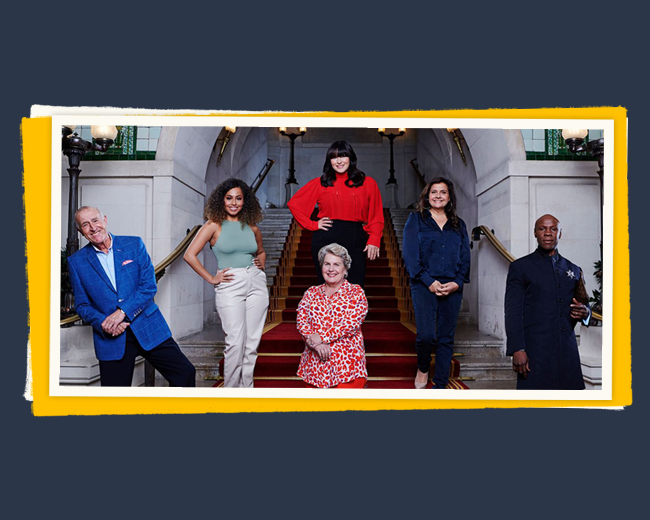Wouldn’t it be great if we never forgot things? If we were instantly able to recall information at the click of our fingers? We could wave goodbye to misplacing our keys, blanking on people’s names, and forgetting we put that pizza in the oven… oops.
Interestingly, ‘Grand Master of Memory’ and Memrise co-founder Ed Cooke tells us that no matter your age, it is possible to develop an extraordinary memory.

"You aren't born with a good memory; you just improve your way of remembering things."
Ed can recall the order of a shuffled pack of cards in under a minute and a 1000 digit number in an hour, (yes really), but he insists his memory ‘quite average’.
The secret is to train your brain to remember things better. With the help of Ed’s coaching, this is exactly what celebrities Amber Gill, Chris Eubank, Len Goodman, Nina Wadia, and Anna Ricardson are challenged to do in Channel 4’s memory competition: Can I Improve my Memory?
What are the keys to memory?
The secret to developing a powerful memory comes down to these 4 characteristics:
- Attention: Pay attention to particular information over others
- Connection & Association: Connect and associate what you’re trying to remember with something you already know
- Imagination: Use your imagination to bring the material to life
- Repetition: Repeat, repeat, and repeat and recall
In the competition, we see these keys to memory at work in the celebrities’ minds as they take on specific memory techniques to learn as much as possible about topics they know nothing about. Including 90’s Hip Hop, Olympic Games sequences, bird species, and US Presidents.
Here’s how they did it:
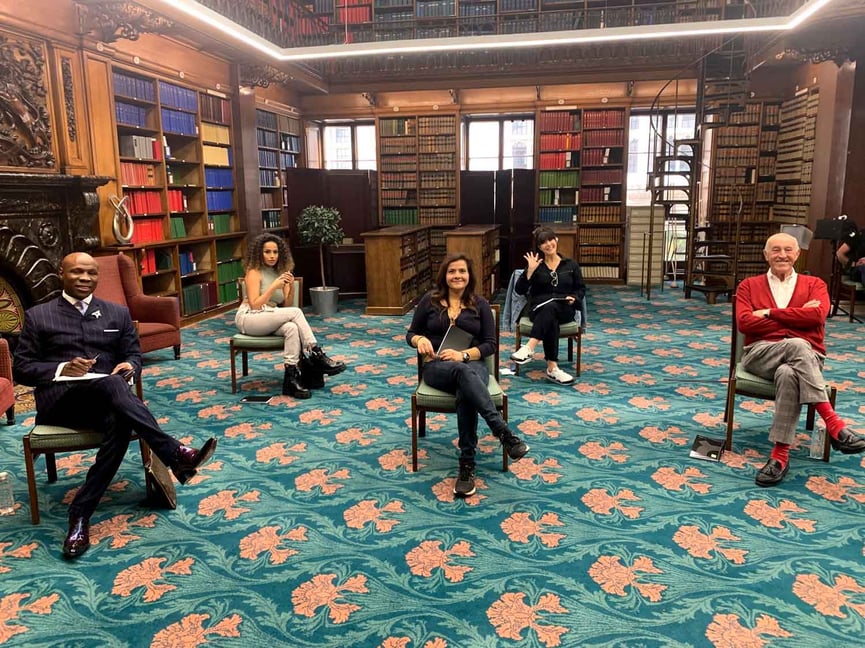
Visualisation - Association
Did you know the brain processes images 60,000 times faster than words? This is why visualising familiar images (and connecting them to what you’re trying to remember) is super effective.
You can use this Visualisation-Association technique to turn facts into unforgettable images. How can you do it? Unleash your imagination, and connect the thing you’re trying to learn with something you already know.
Top Tips:
- Think of the sounds of words, your emotional reaction, or any prior connection to them to help you create an image.
- The crazier the image and the better you already know it, the more likely you are to remember what it’s associated with.
For example: The celebrities were able to remember that Albany is the capital of New York State by connecting it to the image of an old bunny (notice the pronunciation similarity to ‘Albany’) walking through the streets of New York. Nina Wadia could remember the mandible (jaw-bone) by thinking of ‘man-dribble’, and visualise the image of a man dribbling!
Memory Palace
The Memory Palace technique asks you to imagine a familiar place in your mind (like your favourite room at home, or your office), where you can keep mnemonic images. Here's how it works:
- Create your images and their order around the room
- Practice recalling them in your mind: Use repetition to help
- When we imagine walking through this place - we are able to pick up the images and remember the content they represent.
Experts consider it the most powerful technique because it uses our natural gift for remembering spaces and connects it with our power of imagination. It works well to remember lists. For example, you can imagine a giant chocolate bar right inside the door of the room to remember to buy chocolate from the shops!
Each tasked with learning a speech, the celebrities visualise an image for every sentence and place these images (in order) in their minds to recall the speech effectively. For example: Chris Eubank used the image of a knobbly head to remember the phrase “Whether tis nobler in the mind” in Shakespeare’s Hamlet.
How to remember numbers? Use the Memory cloakroom
‘Damn, I completely forgot to do that today!’ Sound familiar? You’re not alone.
People notoriously find numbers, lists and dates really difficult to remember… That's until they discover The Memory Cloakroom. This technique helps you build in a systematic set of images that relate to each number (making each number memorable and instantly recallable). Here’s how it works:
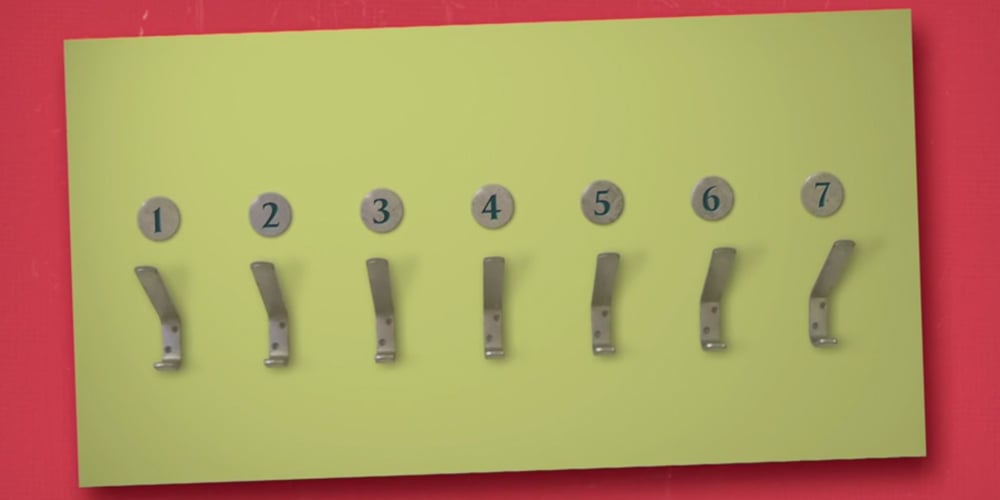
- Imagine a cloakroom or wardrobe with numbered pegs
- Create an image to correspond with each number
- Need some inspiration? Use images that come naturally to you and that are meaningful to you, e.g. your best friends and idols
Ed’s cloakroom includes:
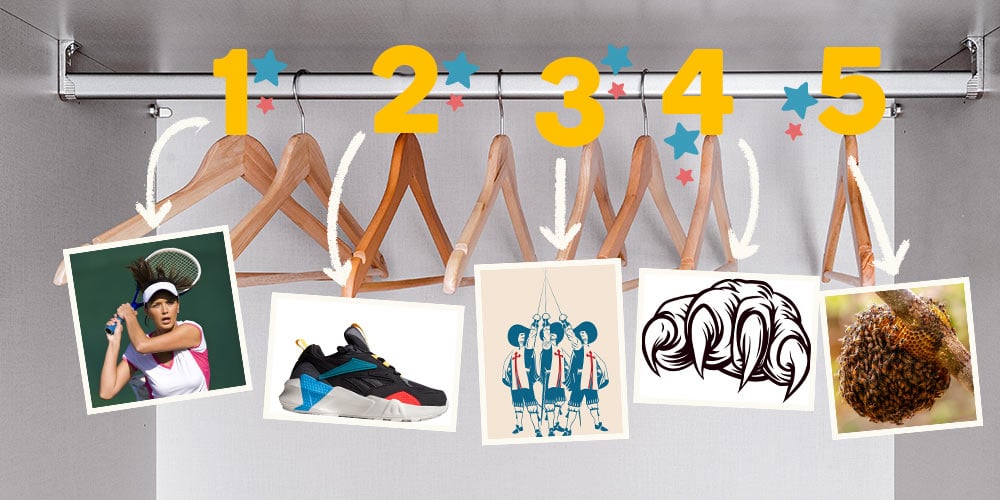
Number 1 = Martin Hingis (number 1 women’s tennis player when he made his cloakroom)
Number 2 = shoes
Number 3 = 3 musketeers
Number 4 = a claw
Number 5 = a beehive
So to remember the number 325, Ed uses the image of 3 musketeers throwing shoes at a beehive. Use repetition to remember your cloakroom, and you'll own a set of images corresponding to all the numbers (and vice versa). With each numbered peg, you see an unforgettable image.
You can use your memory cloakroom to remember:
- A list of numbers
- Important historical dates for your exam
- Facts and figures for your work presentation, or speech
- The order and contents of your to-do lists
Next challenge: How can I use my memory to learn languages?
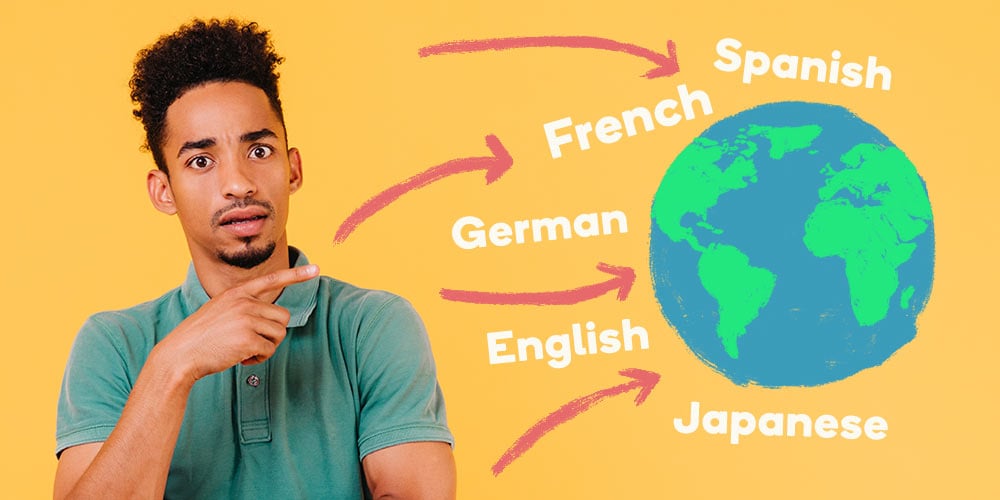
In the final episode of the series, Amber Gill, Nina Wadia and Anna Richardson become conversational in a language in 7 days. But how did they do it? And what's the best way to get conversational in another language fast?
There are many ways to learn a language, including:
- Language classes: with a teacher in person, or online
- Studying textbooks and trying to apply your knowledge in real life (a difficult method)
- Finding a language partner online
- Downloading a language app, like Memrise
- Spending time in a country which speaks your language (very beneficial, but difficult for everyone to do. Our lives are busy!)
We believe the best and fastest way to acquire conversational ability in another language boils down to 3 core principles: Learn, Immerse, Communicate.
Learn
This involves memorising words and phrases using the keys to memory: attention, association/connection (i.e. making links) and repetition. A great way to equip yourself with language you'll use in real-life situations.
Immerse
Immersion is surrounding yourself with language in different forms (radio, TV show, films, podcasts, music, language app). Living and breathing it. It's a great way to challenge yourself to understand language which is just above your current level of understanding. That way, your brain works hard to understand more and internalise the language structure by combining the words you do know, with the ones you don't. Interesting, right? Click to read more on language immersion.
Communicate
Having the confidence to speak, while embracing those inevitable mistakes that come.
These principles helped Amber Gill (learning Danish) and Nina Wadia (learning German) hold a conversation in another language in 1 week, as seen on Episode 4.
Learn, Immerse, Communicate also forms the heart of the Memrise learning philosophy. Using proven memory techniques and videos of local speakers in different contexts, Memrise drives people to learn real-life language fast and efficiently, and teaches them to use it in real life.
Today, just under 60 million people have fun learning languages on the platform: Via iPhone & Android App, and Web.
Feeling inspired? You can do the same...

